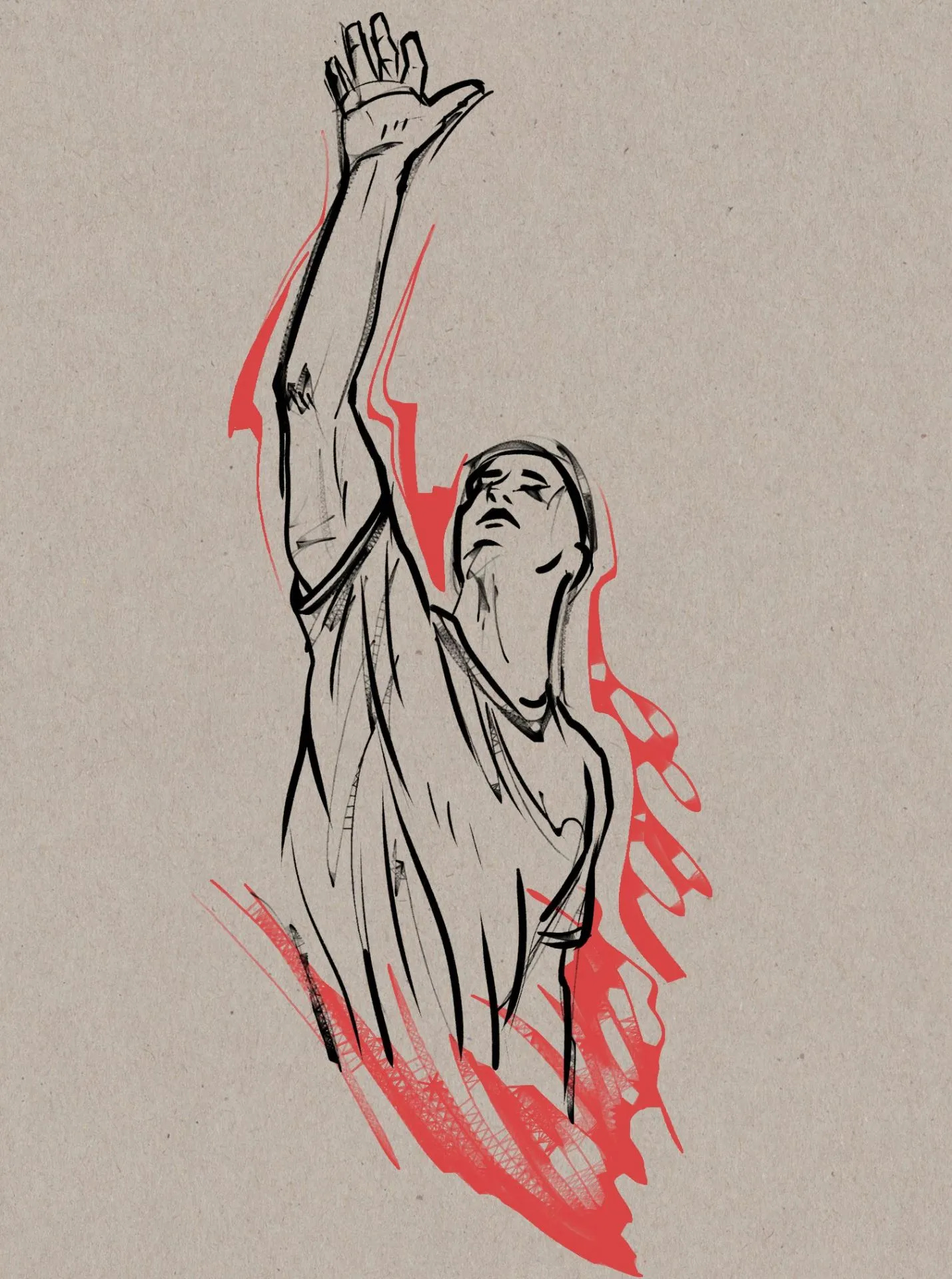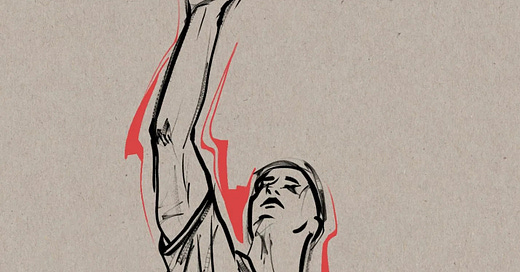I have been thinking about the role of play in my life and work for many years, made much more nuanced since, years back, I read Vygotsky.
But what actually sparked this post was a video made by my tattoo artist. I met him a year ago when I decided to get my first tattoo.
That day I also found a kindred multi-potentialite in Joshua Johnson. He not only creates beautiful illustrations but in between wrangling life and running a successful tattoo business he also reads books about business for fun and tries to help others reach their life goals.

During tattooing sessions, while I was getting stabbed repeatedly, we talked about education, business design, and a lot of other deep topics (Hmm, there is a comparison to grad school just begging to be made here, but I will resist).
We have been on similar journeys trying to pursue ways we can take what we have learned (the hard way) about our fields/interests and help others get there faster with pointed nudges and plain speaking.
He is better at checking in with me than I am with him, but the day I launched GBL in Higher Ed he launched a new type of video post and it spoke to me. It was on a topic near and dear to my heart: the importance of play.
In his post, The Power of Play: Why Loving Your Work Matters he very succinctly and eloquently said things I have only in the past couple years started to realize. In my posts you will hear me talk quite a bit about the up- and down-sides of being a multi-potentialite.
One of the foundational aspects of being one is the driving need to keep learning and trying on new roles. New ways of being. The downsides come from living in a world where specialization is king. I will leave it at that for now.
But sometimes we need reminders that the methods we keep trying do lead to something, even if they may feel like dead ends. Josh provided that reminder for me. He also made a connection between play and personal development that resonated.
“Hitting creative goldmines looks like ‘talent’ from the outside… Let’s assume that you enjoy your craft so much that you do it non-stop. Those constant iterations give you a place to play and experiment.
Eventually, you take your craft in a direction nobody would have thought of because your experiments and fun yield interesting results.” – Joshua Johnson
For me, my creative goldmine is learning. I love to do it. I love to study it. That is what I do over and over until I take it in a new direction, but from the outside it has often looked like I simply cannot settle on a specialization like everyone else.
It took me a lot of time to realize the true potential of being a multi-potentialiate because until I did, all of those avenues I went down (PhD in History, I am looking at you right now, you big jerk) sometimes felt like failures when I didn’t settle on a specialization directly associated with them.
I have used pieces from every side road. Nothing was wasted and each round of play helped me become a better, stronger faculty developer and instructional designer.
Now I know what I wish I had known years ago. I am a master of play. Of finding something out. Of trying it on. Then figuring out how best to help someone else try it on.
This post is supposed to be about GBL! Why are we even talking about this?
I’ve heard this asked many times: Isn’t play a byproduct of using devices, user interfaces, and/or environments associated with gaming?
Uh, no.
I very commonly hear people talk about play in regards to XR and game-based learning like the medium itself is enough to spark that feeling. I would say I hate to rain on that parade, but if raining on it would stop us from perpetuating that myth, then bring on the storm clouds!
Nothing about putting on a VR headset or entering a digital world, by itself, will make a student feel like they are playing. And, yet, if we want to engage students in the type of applied learning that GBL and XR has the potential to deepen and transform, then we must activate the same sort of desire for iterative practice and exploration that is central to play.
Immersion, clear and actionable goals, embodiment, exploration, the ability to affect the digital world around them, branching storylines, etc. These are the ingredients that spark feelings of play within VR. I will be writing about each of these in more depth in future posts, but for now I ask you:
What others would you add? How many of these do you see at work in educational XR platforms or in GBL?
No, seriously, I want some examples in the comments!



